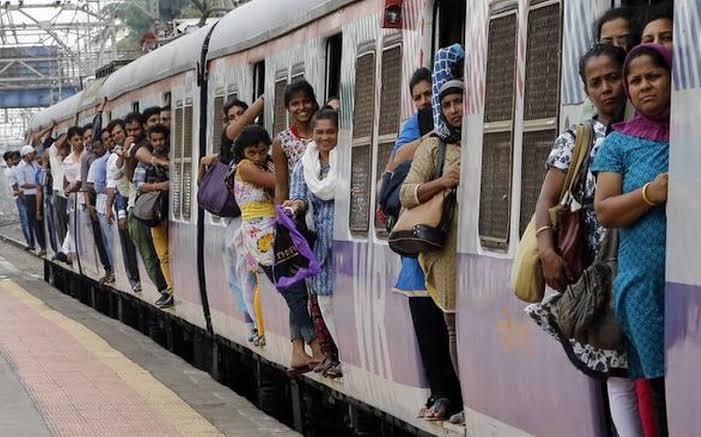Maharashtra Chief Minister Devendra Fadnavis announced in the state assembly that Mumbai's suburban train network, the lifeline of the city, is set for a major overhaul. The central government has approved a proposal to replace all existing Mumbai local train coaches with modern, metro-style air-conditioned (AC) rakes equipped with automatic doors.
Key Highlights of the Announcement
| Feature | Details |
|---|---|
| **Project Type** | Full replacement of Mumbai suburban train coaches |
| **Coach Style** | Metro-like, AC coaches with automatic doors |
| **Fare Impact** | **No increase in ticket prices**; fares remain unchanged |
| **Coach Count** | **2,856 coaches** planned |
| **Train Sets** | **238 trains**, each with 12 coaches |
| **Project Value** | Estimated ₹30,000 – ₹40,000 crore |
| **Execution Timeline** | 7 years total |
| **Tender Status** | New tenders to be reinvited by **August 2025**, final bids due **March 2026** |
| **Prototype Delivery** | Within 2 years from final award (i.e., by 2028) |
Execution & Project Oversight
- The project will be managed by MRVC (Mumbai Railway Vikas Corporation) – a joint venture between:
- Ministry of Railways
- Government of Maharashtra
The project also includes:
- Construction of new maintenance depots
- Upgrading existing facilities
Major Companies in the Race
Several national and international players are eyeing this mega tender:
| Company | Country | Track Record |
|---|---|---|
| BEML | India | Over 2,000 metro coaches supplied to Delhi, Kolkata, Mumbai; Also builds Vande Bharat sleeper trains |
| Titagarh Rail Systems | India | Long-standing supplier of railway coaches, now expanding into metro space |
| Alstom | France | Supplies metro rakes worldwide, including for Mumbai Metro Line 3 |
| CAF | Spain | Experience in building trains for urban transport globally |
| Stadler | Switzerland | Known for high-end, technologically advanced trains |
Context: Mumbra Tragedy and Safety Crisis
This upgrade comes just a month after the Mumbra tragedy, where five commuters lost their lives due to overcrowding in Mumbai locals.
Alarming Statistics (Past 3 Years):
- 7,500+ deaths
- 7,200+ injuries
- Cause: Overcrowding and lack of modern safety infrastructure
What Makes This Move Significant?
- Safety Upgrade: Metro-style doors are expected to prevent accidental falls, a common risk in open-door locals.
- Comfort at No Extra Cost: AC comfort at existing fare rates will drastically improve commuter experience.
- Technology Boost: A shift toward modern, global-standard rolling stock in one of the world’s busiest suburban rail networks.
Public Reactions & Expectations
The upgrade has been met with cautious optimism. While the move promises comfort and safety, execution speed and quality remain key concerns. The introduction of high-tech rakes must go hand-in-hand with capacity management, crowd control, and timely deployment to truly transform Mumbai's commuter rail experience.
Conclusion
With this massive infrastructure initiative, Mumbai's local train system may finally enter a new era—one that prioritizes safety, comfort, and modernization without burdening commuters financially. As tenders are finalized and prototypes begin development, all eyes will be on how quickly and efficiently this ambitious vision becomes reality.


